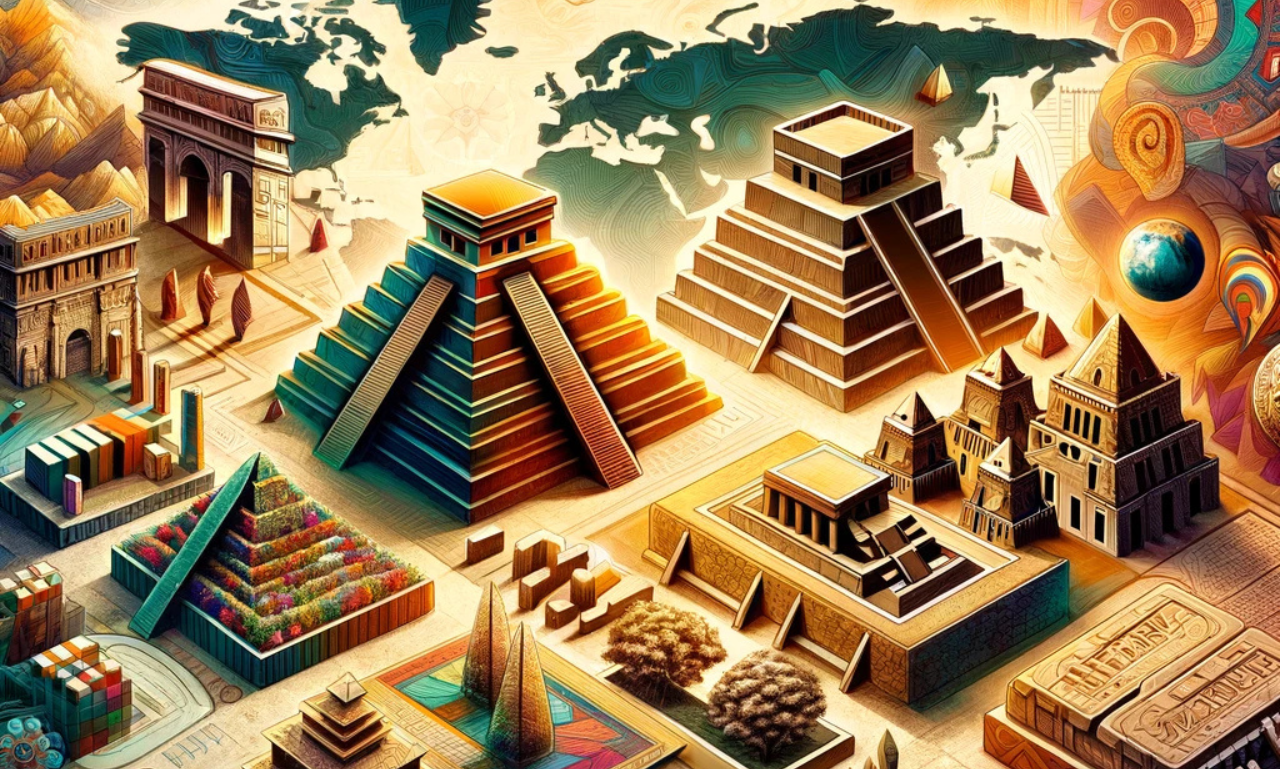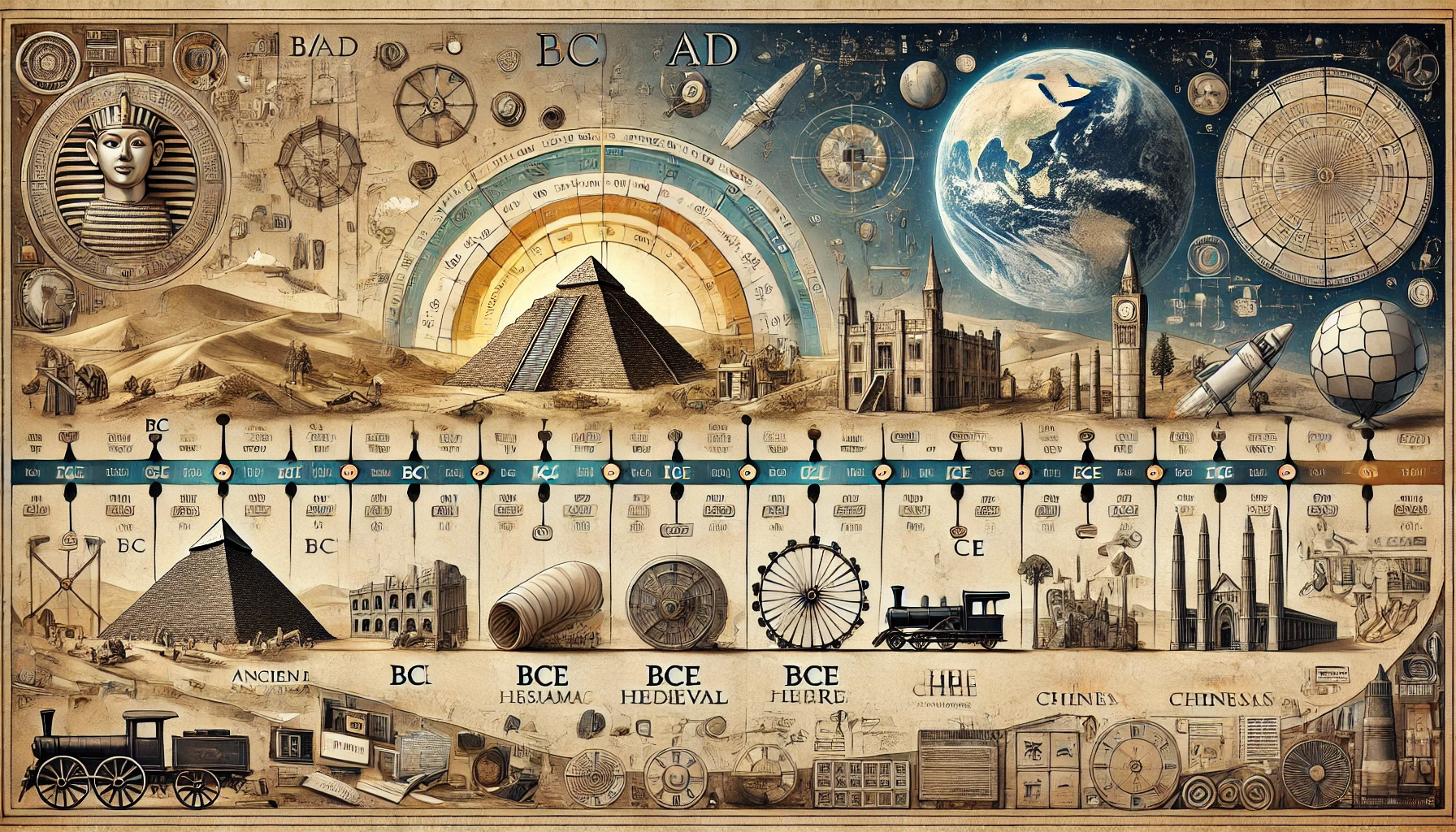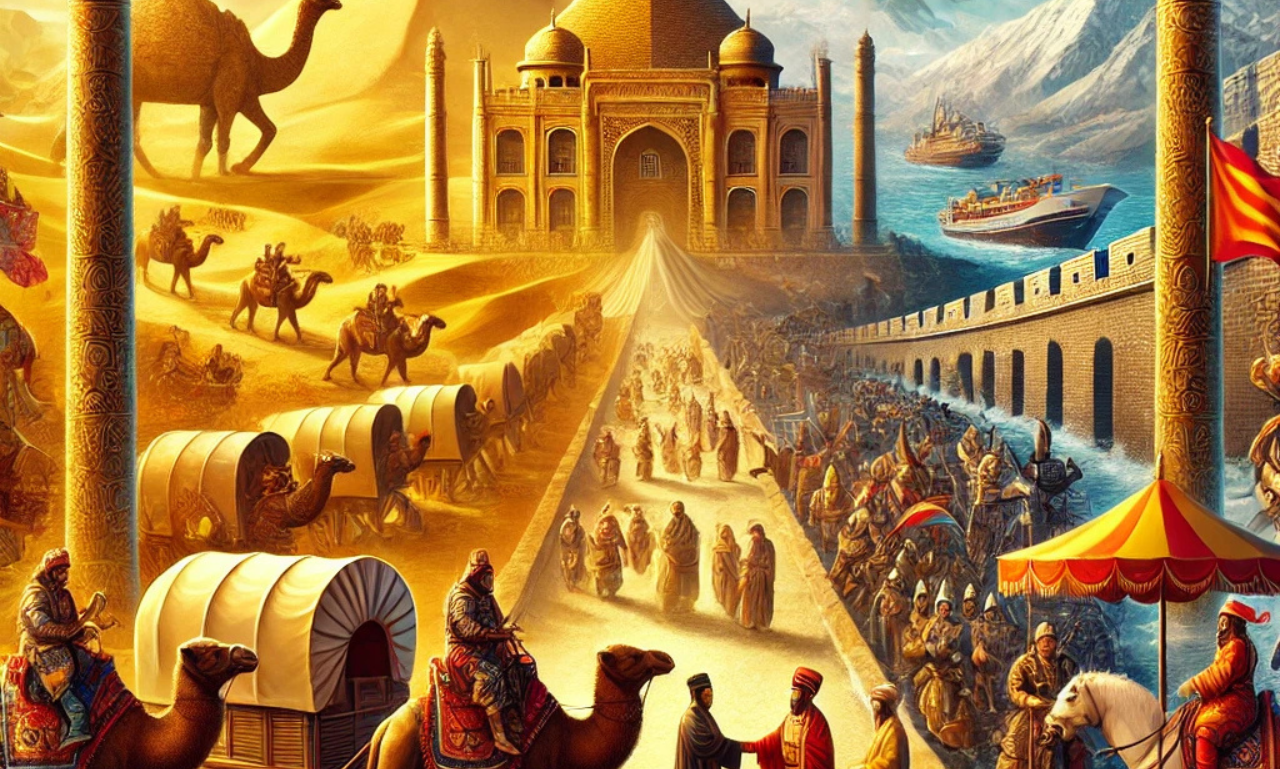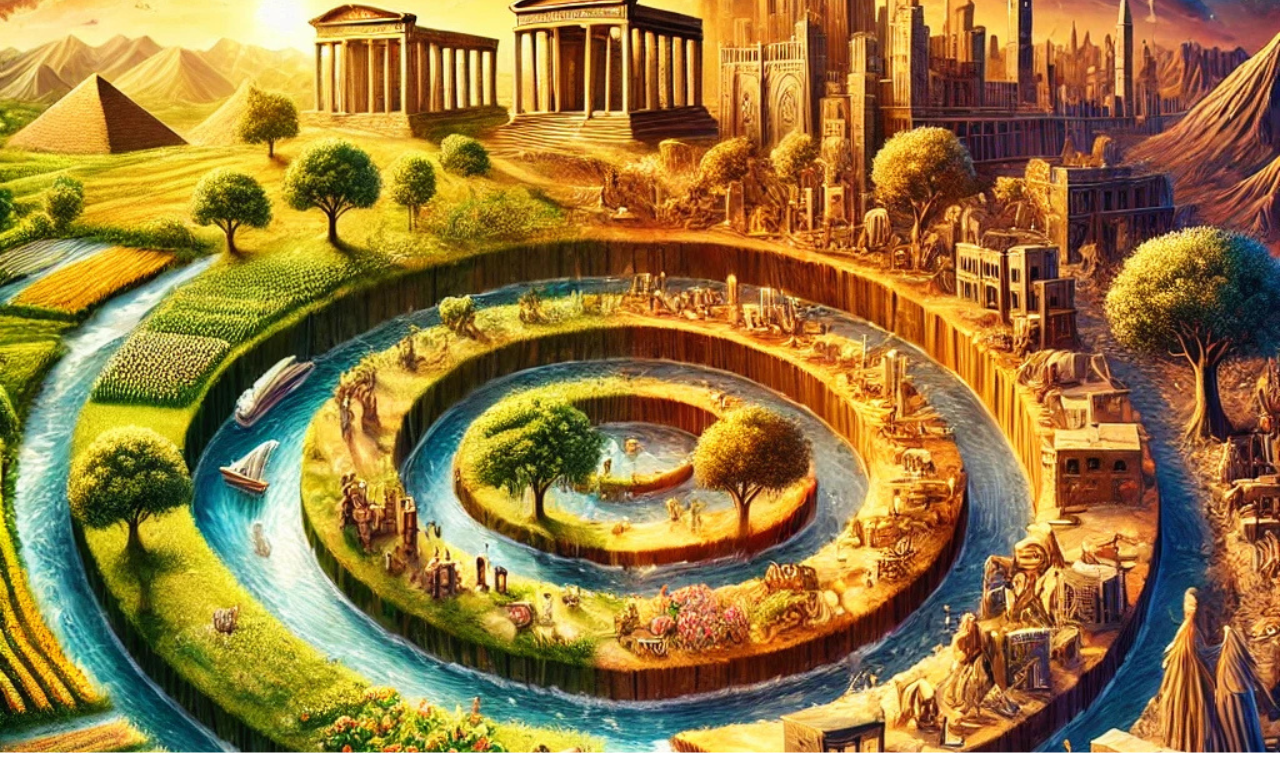Exploring the amazing history of ancient cultures reveals the foundations of contemporary society, invention, and culture. Early cultures prepared the ground for developments in technology, architecture, and government. Let’s look at a handful of the most well-known ancient civilizations that created history and still impact us now.
Mesopotamia: The Cradle of Civilization
Mesopotamia, which translates to “between two rivers,” is located in modern-day Iraq, located between the Tigris and Euphrates rivers. Often considered the birthplace of civilization, Mesopotamia was a center of early invention and cultivation.
City-States and Governance
City-states having their own government and divinity included Mesopotamia’s Sumer, Babylon, and Uruk. Operating on their own but with shared characteristics, these city-states were hubs of power and culture. In this hierarchical society, monarchs and priests—who had the greatest authority—dominated governance.
Innovations and Contributions
Mesopotamia has made revolutionary contributions towards human development. The Babylonians handed us one of the first known legal systems, Hammurabi’s Code. The Sumerians established the earliest recognized writing system in the world, cuneiform. They developed early types of astronomy, sophisticated mathematical ideas, and the wheel as well. These successes strengthened Mesopotamia’s reputation as the innovator’s forerunner.
Ancient cultures in Egypt: The Gift of the Nile
Ancient Egypt prospered by the Nile River, whose every flooding produced rich ground. For thousands of years, Egypt could develop thanks to its natural artery supporting commerce, communication, and agriculture.
Dynasties and Pharaohs
Dynasty eras divide Egyptian history. While the New Kingdom witnessed geographical growth and the rule of eminent pharaohs like Tutankhamun and Ramesses II, the Old Kingdom was renowned for building the famous pyramids. People regarded Egyptian leaders as divine, thus linking government to religion.
Religion and Afterlife
Polytheism, in which Egyptians worshipped gods including Ra, Osiris, and Isis, was followed by their beliefs, which revolved around the idea of the afterlife, which shaped their customs, like mummification and the building of magnificent tombs. These customs expressed their convictions about the need to be ready for eternity and their confidence in it.
Architectural Marvels and Innovations
Among the most remarkable architectural successes in history are those from Egypt. Testaments to their art include the Great Pyramids, the Sphinx, and complex temples. The Egyptians also established a thorough calendar system and hieroglyphic writing, therefore highlighting their sophisticated knowledge of time and communication.

The Indus Valley Civilization: Masters of Urban Planning
The Indus Valley Civilization, known for its sophisticated urban design, is located in modern-day Pakistan and northwest India. This prehistoric civilization established fresh guidelines for infrastructure and city layout.
City Layout and Architecture
Cities with grid-pattern layouts, consistent architecture, and excellent drainage systems included Mohenjo-daro and Harappa. These developments underline the sophisticated approach to urban building taken by the Indus Valley.
Trade and Undeciphered Script
With treasures discovered as far off as Mesopotamia, the civilization engaged in strong commerce. Their writing is still undeciphered after many tries. Tablets and seals suggest a sophisticated and orderly civilization, likely used for administrative or trade-related purposes.
Decline and Legacy
Still up for contention is the fall of the Indus Valley Civilization. Potential reasons include societal upheavals and environmental changes like river movements or floods. Still, their contributions to commerce and urban planning created an ongoing impact.
Ancient cultures in China: Dynasties and Innovations
A series of dynasties defines the history of ancient cultures in China and adds to its unique cultural character. From the fabled Xia to the strong Han and Ming dynasties, China’s history is a tapestry of ideas and thought.
Confucianism and Society
Founded by Spring and Autumn philosophers Confucius, Confucianism evolved into a guiding concept for Chinese civilization. Emphasizing morality, respect, and hierarchy, it shapes everyday life and government.
Innovations and Trade
China was a technical powerhouse. Innovations transforming the planet were paper printing, gunpowder, and the compass. Linked East and West, the Silk Road was a network of trade routes that promoted trade and the sharing of ideas, technology, and religions.
Mesoamerican Civilizations: Olmecs, Mayans, and Aztecs
Masters of construction, agriculture, and astronomy, the ancient cultures in Mesoamerican civilizations were Each of the Olmecs, Mayans, and Aztecs left a distinct historical legacy.
Olmecs: The Earliest Civilization
The earliest important civilization from Mesoamerica, the Olmecs were renowned for their enormous head sculptures. They prepared the way for the next civilization.
Mayans: Masters of Astronomy
The Mayans developed an elaborate calendar system by excelling in mathematics and astronomy. Like those at Chichen Itza, their stepped pyramids are recognizable monuments of their architectural mastery.
Aztecs: Builders of Tenochtitlán
The Aztec capital, Tenochtitlan, sat on a lake and boasted exceptional agricultural and architectural skills. Aimed at pleasing gods and guaranteeing agricultural prosperity, rituals involving human sacrifices were fundamental in their society.
Decline and Legacy
Environmental changes, internal conflict, and conquests—most famously the Spanish invasion of the Aztecs—cause Mesoamerican civilizations to collapse. Still, their architectural and cultural output is breathtaking.

Ancient cultures in Greece: The Cradle of Western Culture
The city-states of ancient cultures in Greece, including Sparta and Athens, were fundamental for Western civilization. While Sparta was renowned for military discipline, Athens instituted democratic procedures.
Philosophy and Culture
Thinkers like Plato and Socrates shaped Western ideas. Modern civilization still finds inspiration in Greek mythology, art, and literature.
Achaemenid Empire: The First Persian Empire
Under leaders like Cyrus the Great and Darius, the wide and effective Achaemenid Empire was It displayed modern administrative institutions, a vast road network, and famous landmarks like Persepolis.
Andean Civilizations: Masters of the Mountains
Mountainside environments were home to South American civilizations such as the Moche, Chavín, and Inca. They established sophisticated societal systems, stone buildings like Machu Picchu, and advanced farming methods.
Conclusion
From Mesopotamia’s legal systems to Egypt’s architectural marvels and China’s inventions, ancient societies prepared the basis for the modern world. Examining their successes and difficulties helps you to appreciate the creativity and fortitude of mankind’s history.




